Mulesoft Tutorial- An Intro to MuleSoft Anypoint Platform
This Mulesoft tutorial For Beginners guide will teach you what you need to know about the basics of MuleSoft.
Without further ado, let’s begin with the Mulesoft introduction.
Mulesoft Means
Mulesoft means you can easily integrate applications, data, and devices with available technologies.
You can achieve a competitive advantage and deliver a great customer experience. mulesoft integrates with other products and technologies to help you provide customers with a broader range of services.
For example, using APIs, you can connect Mulesoft to Facebook, Twitter, and other products or technologies.
MuleSoft is a widely used software platform for integration, and Mule is a lightweight Java-based enterprise service bus (ESB) and integration platform.
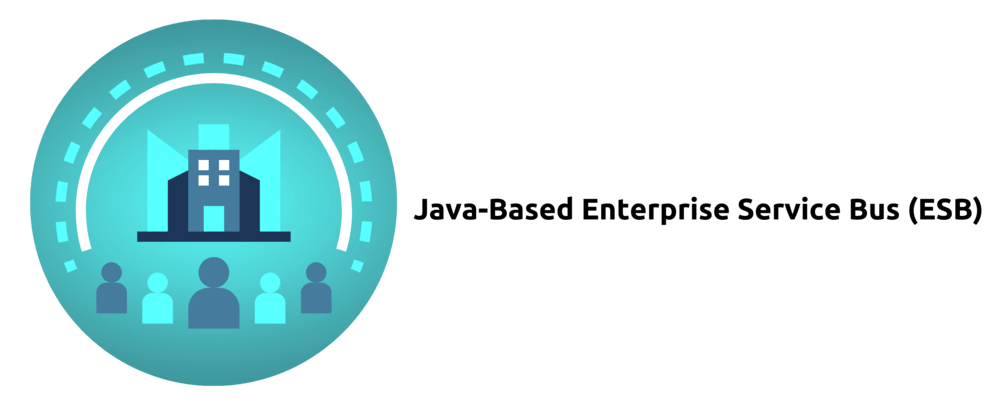
The product has a simple user interface and allows users with less software development experience to use it. And this mule tutorial for beginners mainly focuses on simple integration and data transformation into good destinations.
MuleSoft has a simple API design and supports various authentication methods. You can easily integrate with third-party applications using standard REST APIs.
You can manage your resources in the Mule Runtime Environment, including connections, data transformations, and destinations.
MuleSoft has a service design approach, which allows you to integrate applications, data, and devices through a service. You can deploy services to a cloud or on-premises.
MuleSoft has a transaction support feature, allowing you to control transactions at message level. This ensures that the data that passes through different applications is consistent.
Mulesoft is made of 3 parts:
- Integration platform
- Development environment
- API administration platform.
MuleSoft Fundamentals
Mulesoft fundamentals is a robust suite of tools and frameworks that enable developers to create, integrate, and manage corporate applications.
MuleSoft is a software integration platform that allows businesses to link their applications, data, and devices rapidly and securely. It will enable users to connect any program, service, or device independent of technology.
Mule Enterprise Service Bus (ESB), MuleSoft’s primary offering, is a robust integration platform that allows customers to link their systems, applications, and services. ESB supports various protocols, including SOAP, REST, and JMS, and includes features like data mapping, message routing, and streaming analytics.
MuleSoft principles are intended to assist developers in quickly and securely developing, deploying, and managing applications. The platform includes data mapping, message routing, and streaming analytics capabilities.
MuleSoft Components
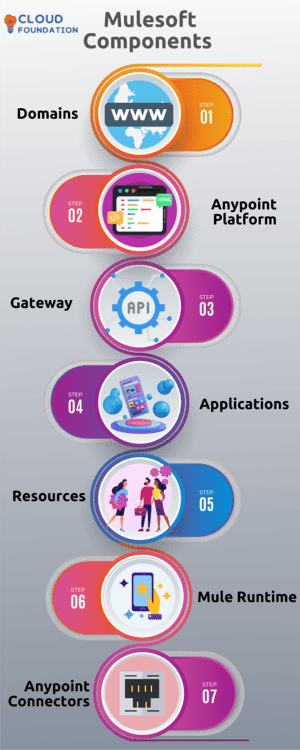
Domains
It is a collection of applications and resources (EJBs, web services, data sources, etc. ) that share the same security context and database connection. Each application is visible in only one domain.
Anypoint Platform
A cloud-based platform gives users the tools and resources to build, manage, and deploy Mule applications. Users can also gain access to analytics and monitoring tools.
Gateway
A standalone server connects to a domain server through a TCP/IP socket and provides a graphical user interface.
Applications
It is a collection of related resources (EJBs, web services, etc. ) that form a logical connection to the end users.
Resources
HTML documents, databases, or other types of resources. Components of the MuleSoft ecosystem
Mule Runtime
Mule Runtime component of MuleSoft allows customers to design and operate Mule apps. It comprises a collection of libraries, connectors, and modules that aid in the development and deployment of applications.
Anypoint Connectors
They enable their apps to link to external services and APIs. These connectors make it easier to connect applications to external services and APIs.
MuleSoft Documentation
MuleSoft is essential software that provides various tools and techniques for developing, managing, and testing applications, services, and devices.
MuleSoft Anypoint platform comprises various tools and technologies that enable enterprise-level application integration and information processing.
MuleSoft platform is flexible and scalable, making it possible to meet all your communication needs while providing a high level of performance.
MuleSoft facilitates faster application testing, development, and implementation by enabling different applications and technologies to communicate with one another.
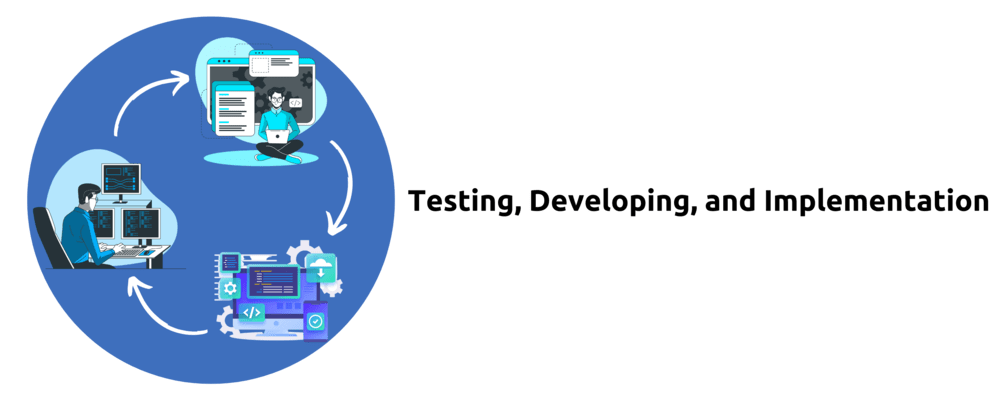
MuleSoft platform is highly secure because it enables data to be protected from unauthorized access and enables security to be implemented at the network level. It is affordable because it does not include legacy components and only provides essential functionality.
MuleSoft is a popular integration platform because of its ease of use and range of pre-built connectors. You can quickly build an integration flow using this MuleSoft for absolute beginners because it is simple to understand and use.
Anypoint platform is flexible, allowing you to incorporate all the necessary tools for application integration into MuleSoft solution.
MuleSoft Development
MuleSoft Development provides a lot of flexibility to developers while building a business integration system. It is a lightweight cloud-based integration platform.
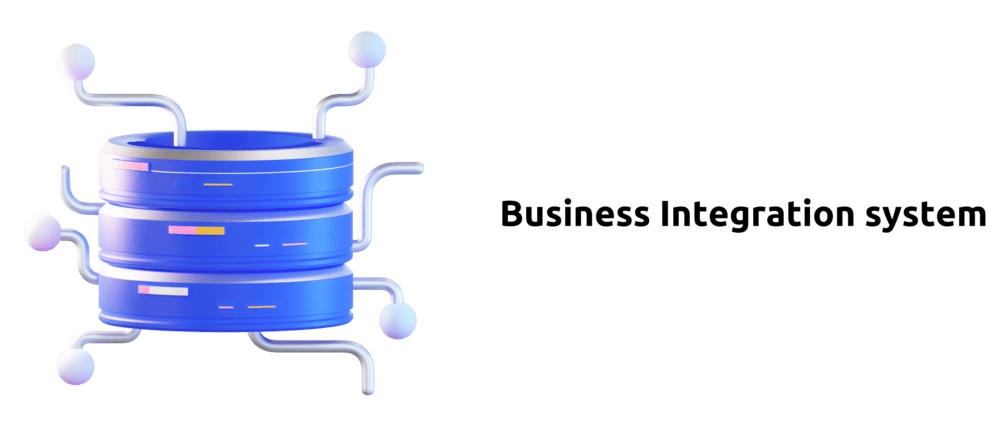
It provides a lot of customization options to developers. It also supports a wide range of programming languages and environments.
It is a widely used integration framework. MuleSoft is a popular choice for application integration. It is a flexible platform that is capable of integrating legacy applications.
Mulesoft Tutorial pdf is beneficial for new Mulesoft developers. It gives step-by-step instructions on how to use the platform and its features. It is also an excellent resource for experienced developers with new features and functionality.
It covers various subjects, from fundamental ideas to sophisticated concepts. It goes over things, including installing Mulesoft, configuring connectors, and generating flows. It also discusses API design, integration patterns, and best practices.
MuleSoft allows developers to connect applications in a variety of ways. It makes the process of application integration fast and easy.
API manager is a flexible platform that allows developers to develop and deploy APIs. MuleSoft makes application integration easy by reducing the cost of purchasing separate tools.
MuleSoft Administrator
A Mulesoft administrator is a skilled professional who manages, configures, and monitors Mulesoft software. Mulesoft administrators are in charge of maintaining seamless and effective operation of the Mulesoft platform.

They install, maintain, and troubleshoot the platform. Administrators monitor system security and ensure it has the latest security patches.
Administrators must know how to use Mulesoft. They must configure and debug the system.
Mulesoft application developers must know Java and JavaScript and also should know web services and API development.
MuleSoft Competitors
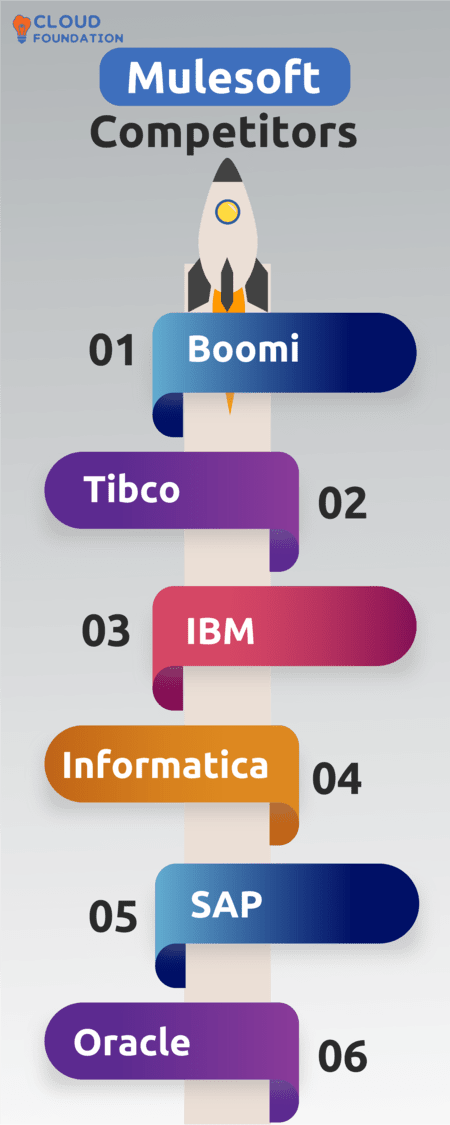
Give below are some of the Mulesoft Competitors:
- Boomi
- Tibco
- IBM
- Informatica
- SAP
- Oracle
MuleSoft is a popular choice for many businesses since it has an intuitive, user-friendly design and is simple to set up and use. It also includes several features intended to assist developers in swiftly creating and managing their applications and APIs.
However, Mule still needs MuleSoft competition. Other integration and API management platforms are available. Tibco Software, Informatica, SAP, Oracle, IBM, and Boomi are some of these.
Each platform has a unique set of features and capabilities, as well as strengths and drawbacks, which makes competition.
MuleSoft Monitoring
MuleSoft Monitoring is a tool that allows businesses to track the performance of MuleSoft-based applications. It is an all-in-one monitoring and analytics system that assists IT teams in identifying bottlenecks, diagnosing issues, and optimizing performance.
It also allows teams to be proactively alerted to prospective issues and discover potential performance issues before they impact the user experience.
MuleSoft Monitoring is built on an open-source monitoring system and is intended to be incorporated into existing MuleSoft-based applications.

It is a cloud-based monitoring tool that enables enterprises to collect and analyze performance data from their apps to identify and rectify any issues immediately.
MuleSoft Monitoring provides a comprehensive picture of the performance of any MuleSoft-based application, allowing issues to be identified and resolved before they negatively impact an user experience.
It gives detailed metrics on web service performance, such as response times, error rates, and other critical performance indicators. It also enables businesses to track the performance of MuleSoft-based apps in real time and discover possible issues before any issue arises.
MuleSoft Monitoring solution also contains several capabilities to assist enterprises in better managing their Mulesoft application.
Raml Mulesoft API
RAML (RESTful API Modeling Language) is a programming language used to describe REST-based APIs. MuleSoft created it as an open-source language for creating and defining RESTful web APIs. RAML is based on the data serialization YAML (YAML Ain’t Markup Language) and JSON (JavaScript Object Notation).
RAML mulesoft for beginners primary goal is to improves development of web APIs. It enables developers to define a RESTful API in a single file and visualize the API’s resources and interactions. It also includes tools for developing and testing APIs, such as an API Console and automated testing tools.
 Numerous prominent frameworks, including Spring, Dropwizard, and Play, support RAML. It also has a vibrant developer and user community that constantly contributes to the language’s evolution.
Numerous prominent frameworks, including Spring, Dropwizard, and Play, support RAML. It also has a vibrant developer and user community that constantly contributes to the language’s evolution.
MuleSoft provides an open-source RAML toolkit for creating and managing RAML APIs. This tool set includes an API console, fake servers, and automated testing tools. It also consists of a tool library for client libraries in other languages.
Developers can also create their data kinds and resources. RAML Mulesoft tutorial for beginners makes learning a RESTful API’s resources, methods, and parameters easy.
RAML makes it simple to tell the HTTP methods and request/response formats used for each help. It also supports several methods of authentication, including OAuth and Basic.
Overall, RAML is a fantastic language for developing and managing APIs. It is easy to use and provides a standardized method for describing and documenting APIs.
It also has strong community support and a diverse set of tools. RAML is an excellent solution if you need a straightforward approach to creating and managing APIs.
Furthermore, Mulesoft offers a variety of Products and services that allow customers to connect their apps, data, and devices rapidly and securely.

Divya
Author
Hello all! I am gonna pop you with the information that will make your life easier.



